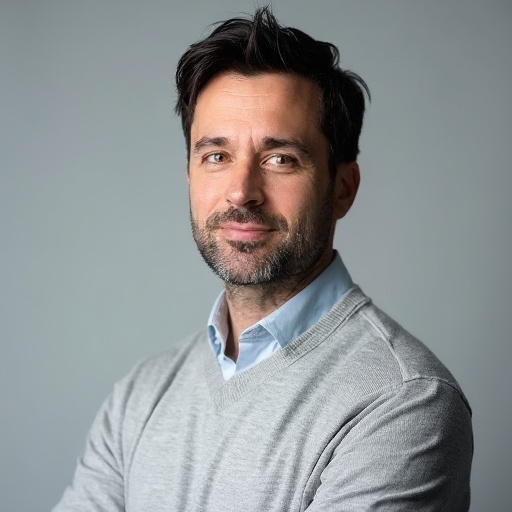The Plague and Its Aftermath

The Renaissance, often hailed as a golden age of cultural and intellectual revival, had its origins in a period of profound darkness. The Black Death, which ravaged Europe in the mid-14th century, left a trail of devastation, claiming the lives of an estimated 25 million people. This staggering loss, roughly a third of the continent’s population, led to a massive labor shortage, altering the economic landscape. The societal upheaval was palpable, with fear and superstition running rampant. In their desperate search for scapegoats, many communities turned their ire towards Jewish populations, resulting in horrific acts of anti-Semitic violence. The plague’s shadow loomed large over the Renaissance, a reminder of the fragility of life and the ever-present specter of death.
The Role of Slavery

The Renaissance coincided with the burgeoning transatlantic slave trade, a dark chapter often overshadowed by tales of artistic and scientific triumphs. European powers, notably Portugal and Spain, spearheaded the exploitation of African populations, forcibly taking over 12 million individuals to the New World by the 16th century. This brutal practice dehumanized countless lives and laid the foundation for systemic racism that echoes through history. The economic prosperity of European nations during this era was, in no small part, built on the backs of enslaved Africans. The wealth generated from their labor fueled the Renaissance’s cultural achievements, a bitter irony that underscores the complex legacy of this period.
Witch Hunts and Persecution

The Renaissance was a time of enlightenment, but it was also an era steeped in superstition and fear, exemplified by the witch hunts that swept across Europe. Between the 15th and 18th centuries, tens of thousands, predominantly women, faced accusations of witchcraft. The publication of the “Malleus Maleficarum” in 1487 significantly fueled these persecutions. Historians estimate that as many as 40,000 to 100,000 people were executed during this dark period. The witch hunts reveal a society where fear often overshadowed reason, leading to tragic consequences for many innocent individuals. The paranoia and hysteria of the time starkly contrast with the Renaissance’s celebrated intellectual advancements.
The Exploitation of Indigenous Peoples

The spirit of discovery that characterized the Renaissance often masked a more sinister reality: the exploitation and colonization of indigenous peoples. European explorers, driven by the promise of new territories and riches, decimated native populations through violence, disease, and enslavement. The Taino people of the Caribbean, for example, faced near extinction following Columbus’s arrival in 1492. The encomienda system, established by the Spanish crown, permitted colonizers to extract labor and tribute from indigenous communities, leading to severe abuse. The Renaissance’s legacy is thus intertwined with the suffering of countless indigenous peoples whose cultures were forever altered or erased.
Gender Inequality and Patriarchy

Despite the Renaissance’s cultural advancements, women continued to face significant oppression and inequality. The era was characterized by a rigid patriarchal structure that severely restricted women’s rights and opportunities. Though a few women, like Isabella d’Este and Artemisia Gentileschi, gained recognition in the arts, most were confined to domestic roles. Renaissance ideals of beauty and virtue often emphasized women’s subservience to men, reinforcing societal norms that marginalized their contributions. This systemic inequality laid the groundwork for ongoing gender disparities, casting a long shadow over the period’s achievements.
Artistic Exploitation and Patronage

While the Renaissance is celebrated for its artistic flourishing, this golden age was not without its dark side. Many artists depended on wealthy patrons for support, creating a system of exploitation where creativity was often stifled by the elite’s demands. Renowned artists like Leonardo da Vinci and Michelangelo produced masterpieces under the patronage of powerful figures such as the Medici family. This dynamic created a hierarchy in the art world, overshadowing the voices of lesser-known artists. The pressure to conform to patrons’ tastes sometimes compromised artistic integrity, highlighting the complex interplay between creativity and commerce.
Religious Conflict and Intolerance

The Renaissance was a period of significant religious upheaval, marked by the Protestant Reformation and the Catholic Counter-Reformation. This era saw the rise of religious intolerance, as differing beliefs often led to violent conflicts. The Thirty Years’ War, which lasted from 1618 to 1648, resulted in the deaths of an estimated 8 million people. The religious strife of the time often overshadowed the intellectual advancements of the Renaissance. Communities were torn apart by dogma and fanaticism, illustrating the dark side of a period otherwise celebrated for its cultural achievements.
Economic Disparities

The Renaissance is often associated with economic growth, but it also exacerbated existing inequalities. The rise of capitalism during this period led to the accumulation of wealth among a small elite, while many remained in poverty. The burgeoning merchant class thrived, but laborers faced harsh working conditions and low wages. These economic disparities created social tensions, contributing to uprisings and revolts in subsequent centuries. The Renaissance’s economic landscape, while prosperous for some, highlights the inequities that persisted beneath its surface.
The Legacy of Colonialism

The Renaissance laid the groundwork for European colonialism, with devastating effects on colonized nations. The quest for new territories and resources led to the subjugation of countless cultures and the imposition of European values. The legacy of this colonial mindset continues to impact global relations today, as former colonies grapple with the consequences of exploitation and cultural erasure. While the Renaissance’s spirit of exploration is often celebrated, it must also be viewed through the lens of its colonial implications.
The Human Cost of Progress

Ultimately, the Renaissance was a time of remarkable achievements, but it was also marked by significant human suffering. The advancements in art, science, and philosophy came at a cost, often borne by the most vulnerable members of society. The dark side of the Renaissance serves as a reminder that progress is not always linear. The pursuit of knowledge and beauty can coexist with exploitation and oppression, illustrating the complexities of this transformative period in history.

